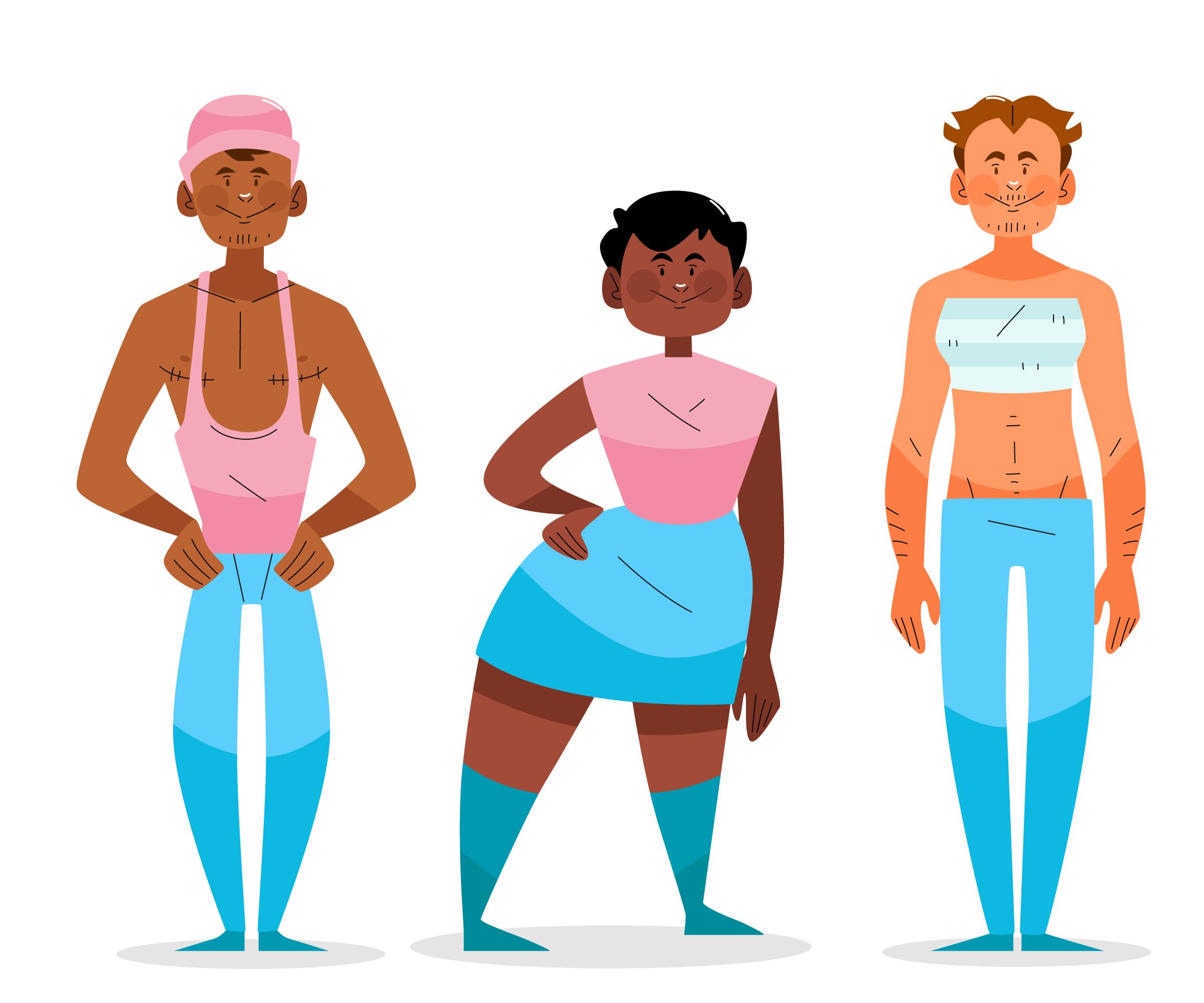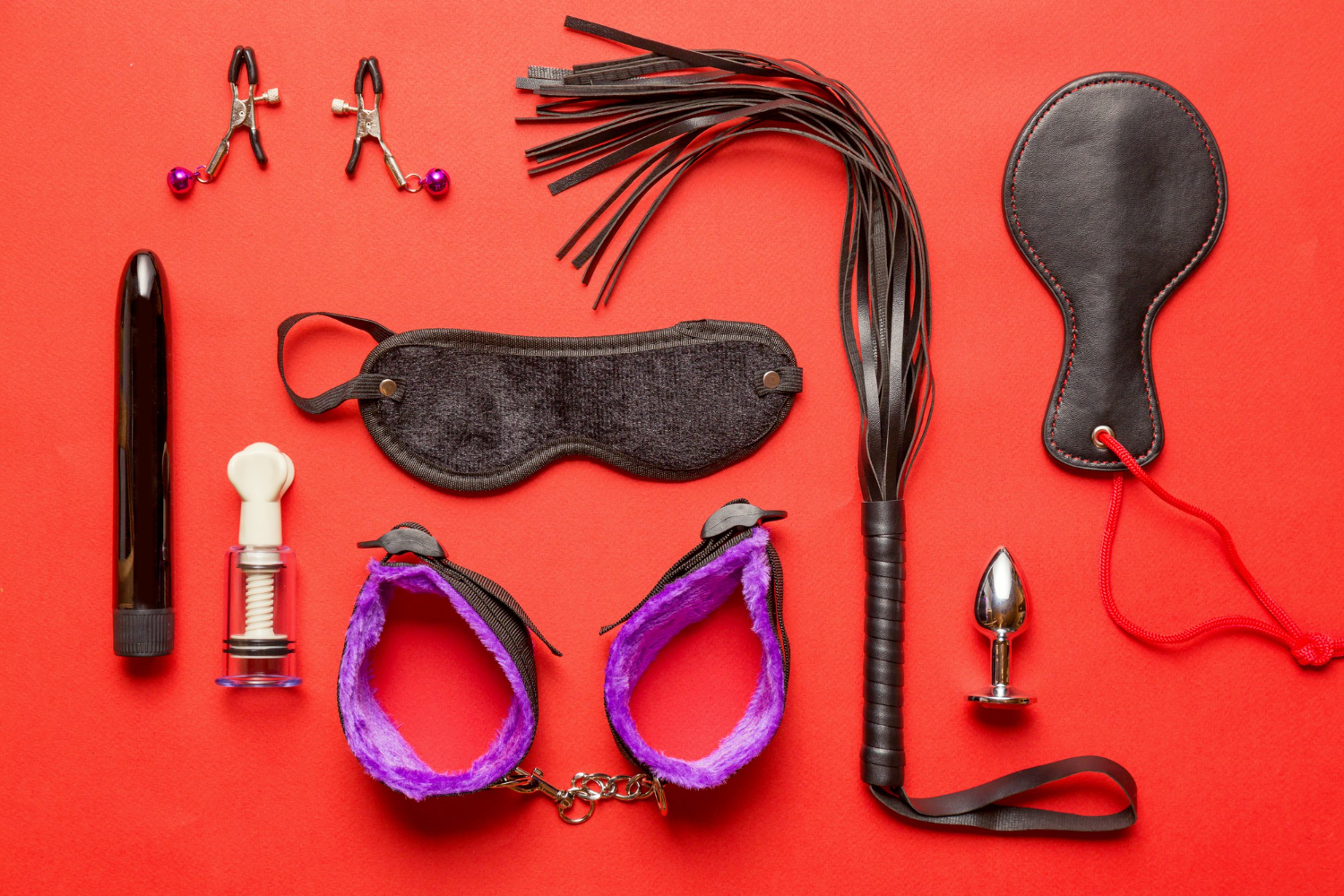Puberty brings changes to the body, and one of the most visible is the growth of hair. The level of androgens (male hormones) and the density of androgen receptors in the dermal papillae are responsible for this change.
Regardless of sex, we all start growing vellus hair — short, thin, barely noticeable strands — from childhood. The amount and thickness vary from person to person. Common areas for growth include the arms, armpits, pubic region, and face.
Why is body hair important?
Hair on the body is a natural feature. It helps reduce friction, preventing irritation or discomfort caused by skin constantly rubbing against itself.
It also provides some protection against sunburn and supports the healing process of cuts by maintaining healthy follicles and blood vessels in the skin.
For women, pubic hair protects the vagina from dirt and debris. Shaving can irritate and inflame follicles, leaving tiny open wounds. Regular removal means repeatedly cutting new growth, which increases the risk of itching and bacterial infection, especially in warm or moist areas.
It also works as a natural lubricant during sex, reducing friction when hair meets hair instead of bare skin. It keeps the genitals warm and can contribute to arousal.
The shame surrounding it
For decades, society — through advertising and media — has pushed the idea that visible hair, especially on women, is unattractive. Shaving products often portray perfectly smooth underarms, legs, and pubic areas, creating pressure to conform to unrealistic beauty standards.
When hair appears in less conventional places — such as a moustache on a woman or a man with minimal facial growth — it can lead to ridicule. Yet hair growth patterns do not define gender, sexuality, or beauty.
Whether to remove it should be a personal decision, free from stigma. Its absence doesn’t equal cleanliness, and its presence doesn’t mean poor hygiene. Trimming, maintaining proper hygiene, and gentle exfoliation can keep it healthy without total removal.
The first step to ending the stigma is understanding that growth is completely natural. Choosing to keep it can be a source of confidence, and reshaping societal perception starts with normalizing it.



